Wearables
Here’s how your Huawei smart wearable devices protects your personal data out from attackers
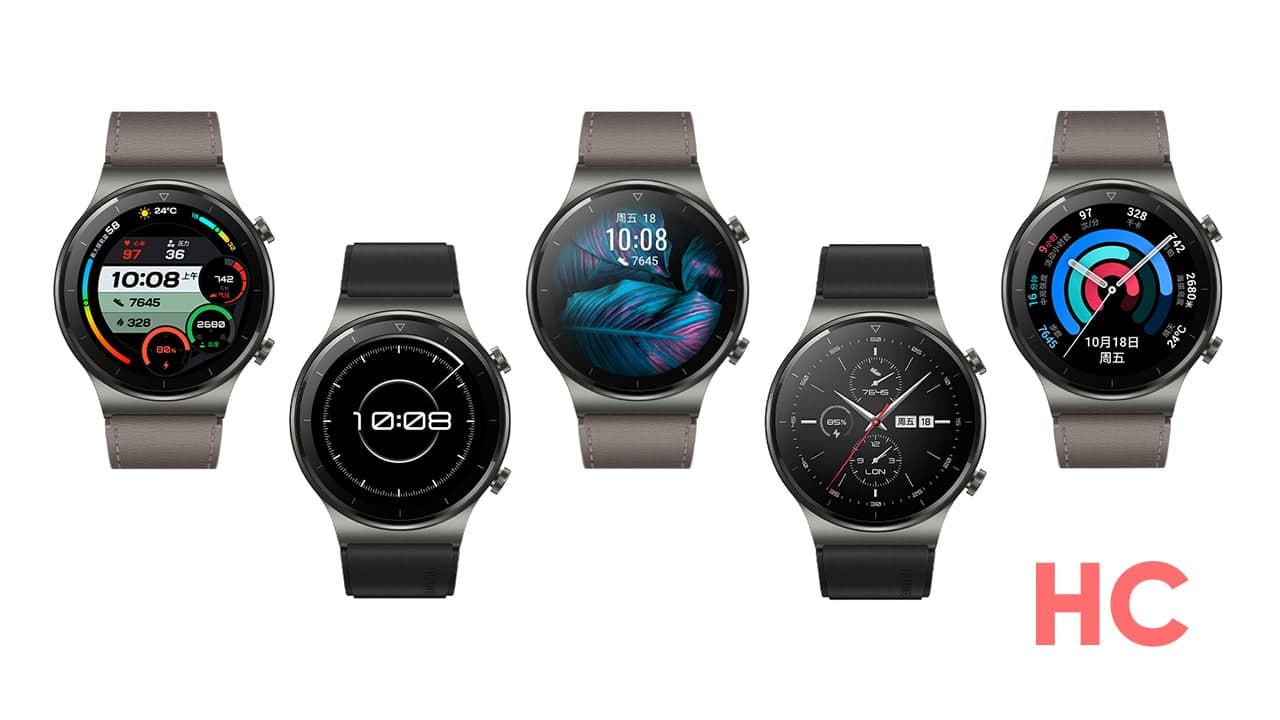
Alongside smartphones, Huawei also steps feet into wearable segments and continuously releasing new smartwatches, bands, and more with the latest capabilities. As of now, Huawei smart wearable devices are becoming hot items because of their offerings.
With just a smartwatch and wristband, users can track their heart rate, steps climbed, calories burned, and many other fitness and health indicators. It shows that there is much highly personal information and sensitive health data of users generated by their wearable is stored in it.
But, if you lost your watch or band and it is very risky for the device owner. If your data is not properly protected so it can easily be exploited by a malicious actor.
In this equation, Hauwei always worried about user’s data security and has long been committed to protecting user data. By integrating Huawei wearables with a wide range of privacy protection solutions into its software, hardware, as well as smart ecosystem.
And since entering the wearable market, it has bolstered its smartwatches and bands with the following features:
- New lock screen feature
- Secure connection and data transfer via Bluetooth
- Hierarchical protection for personal data
- Secure and manageable personal data collection
- Strict third-party app permission management
- Wrap-up
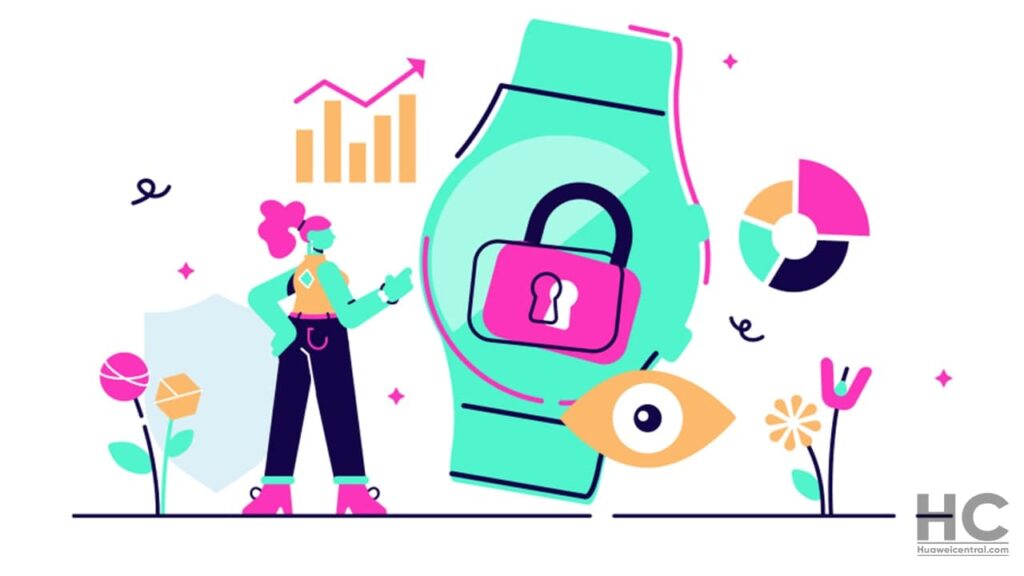
Let’s take a deep look at these features:
1. New lock screen feature
Most brand smartwatches don’t support lock function, which means that anyone who gets their hands on it could read your data, simply by waking up the screen. But, the Huawei Watch GT 2 Pro, the company’s latest flagship watch, has added a long-awaited lock screen feature in its latest update to properly address this issue. The watch now automatically locks the screen when you take it off, and requires you to enter the 6-digit password you’ve set to unlock it.
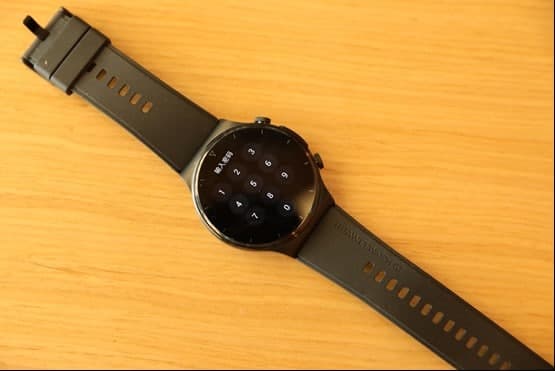
2. Secure connection and data transfer via Bluetooth
Huawei has implemented strict measures to ensure that Bluetooth-enabled connections and data transfers between Huawei’s wearables and the Huawei Health app are safe and secure. For instance, when a new watch is added in Huawei Health, the app requires you to manually confirm the addition on the watch to prevent unknown devices from connecting to your wearables. In addition, high-risk personal data is encrypted when transferred via Bluetooth.
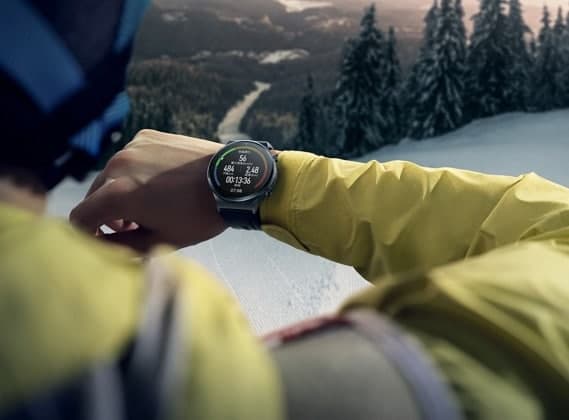
3. Hierarchical protection for personal data
Huawei Health classifies and manages data on your Huawei phone, according to different security tiers, with different corresponding encryption methods for each. For instance, highly sensitive health information (such as blood sugar, cholesterol, and pressure levels) is protected with file-level encryption, and this data cannot be accessed when the phone screen is locked.
All health-related data is stored safely in encrypted databases, which are protected with security keys. These keys are randomly generated to ensure that you won’t share the same certificate with other users. They are further encrypted by additional security safeguards to prevent the data from leaking.
Fitness data (including your total steps, distance traveled, calories burned, workout routes, and VO2Max) and personal information (including your account details, height, and weight) are stored and protected in Huawei Health’s privacy sandbox, using the AES CBC 256 encryption algorithm.
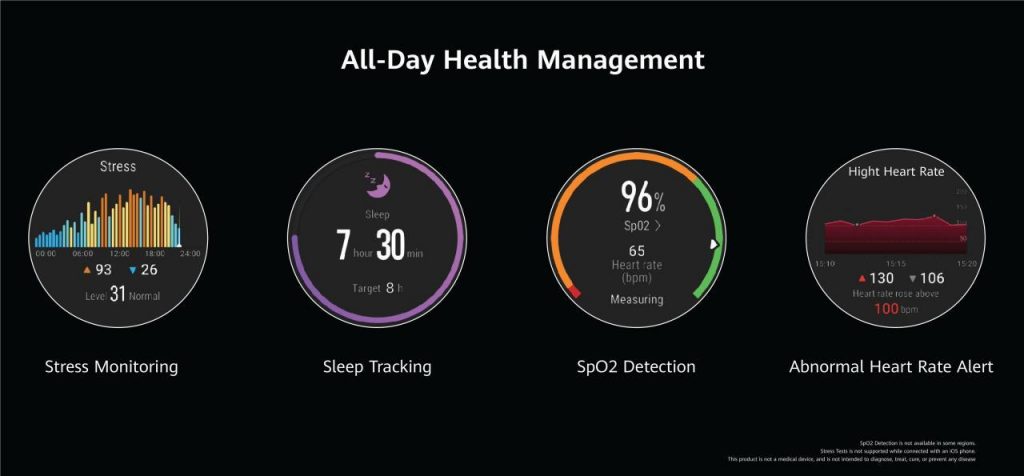
4. Secure and manageable personal data collection
The Huawei Health app gives you complete control over data sharing and authorization. You can manage your own data under Me > Privacy management after logging in to the app with your Huawei ID. You also have the right to determine whether to sync your data to Cloud, as well as what data can be shared with third-party apps, and what permissions are granted locally in Huawei Health.
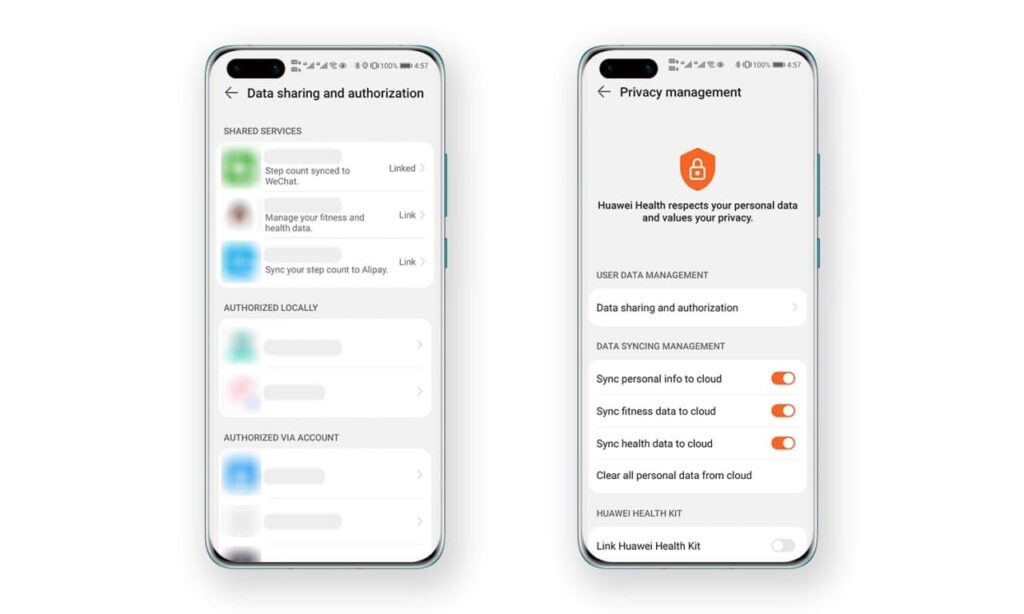
Huawei Health comes with a feature named Dynamic Tracking, which allows you to record a video of your outdoor workout routes. You may have been concerned that your location or other personal data would be obtained or tracked by others when you post a video on social media, but you can rest assured now that you decide exactly which information is included in workout route videos.
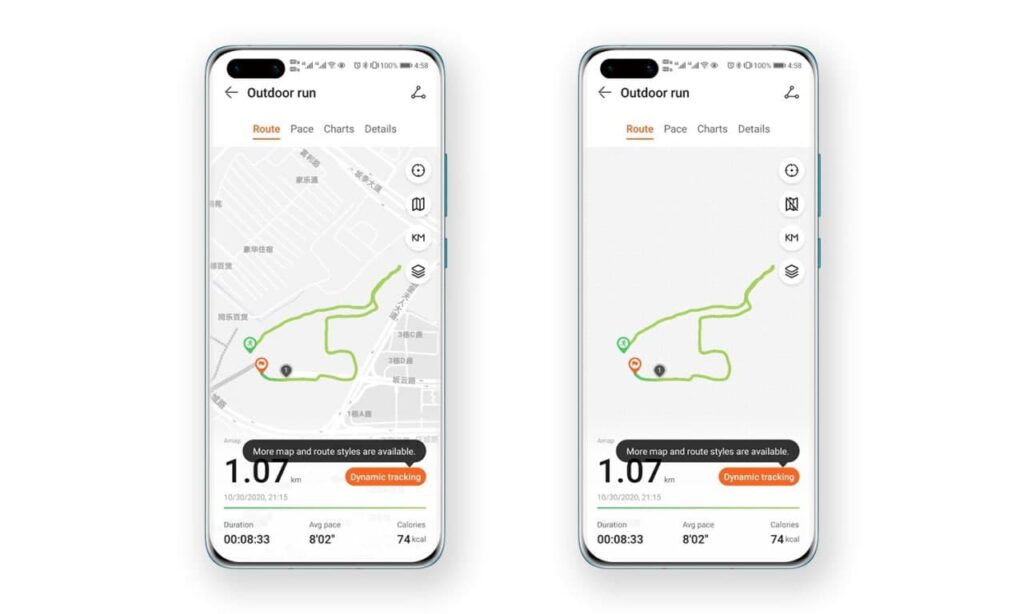
If you would prefer to keep where you’ve been or where you’re going as private information, you can choose not to disclose your GPS location in the video. You can also create videos with different map styles to present an image and video-based map display that’s not an actual GPS map. Thanks to these features, Huawei Health enables you to freely share your fitness journey with friends and family, without having to worry that your personal data could be misused.
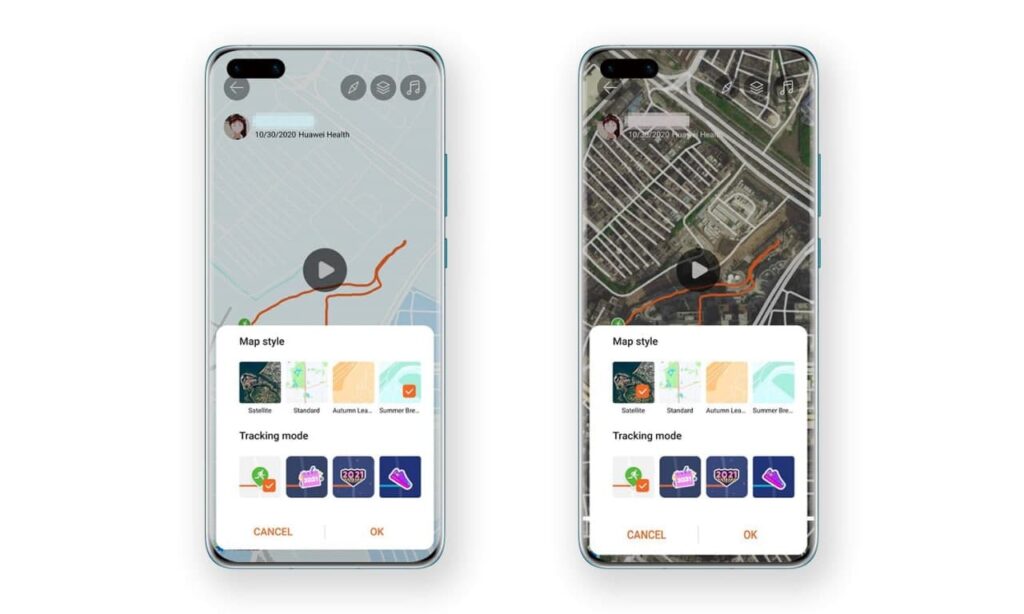
5. Strict third-party app permission management
Due to the rapid surge in the number of health-related apps, Huawei has implemented a rigorous screening process for all third-party apps that the company works with to guarantee optimal data security. Your personal data can only be accessed by a third-party app after you’ve provided explicit consent for it to do so, and you have the right to be involved in the data collection process. All phone permissions granted to the apps, notably access permission, will be terminated, as soon as they no longer work with Huawei.
6. Wrap-up
Huawei has already adopted groundbreaking privacy protection technologies to safeguard your personal data and will continue to work tirelessly to enhance its wearables, for better, and more secure digital health management.
(Source)
Also, check:
Huawei Watch GT 2 Pro Tip: How to start workout and track your records







